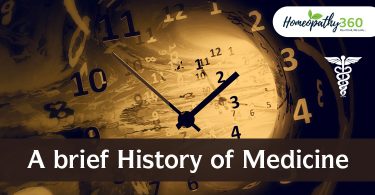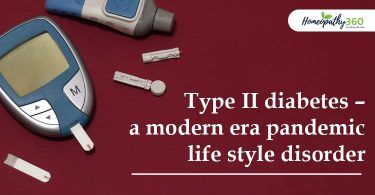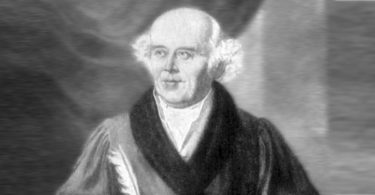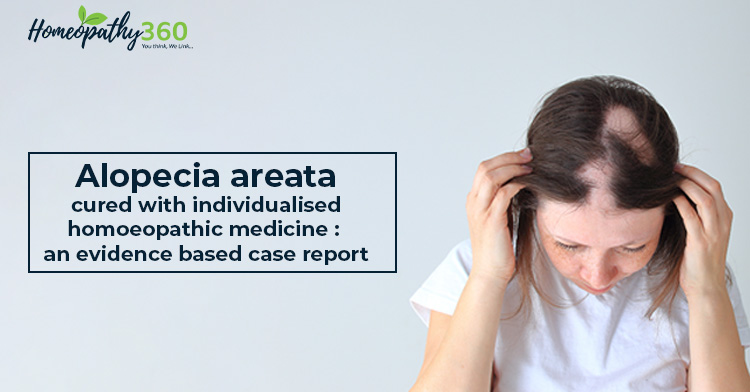
Abstract: Alopecia areata (AA) is an autoimmune disease resulting in hair loss. Alopecia areata has become one of the most common and challenging disorder in this modern era with devastating psychosocial consequences. This is a case of 18 year female having hairfall on scalp treated with individualised homoeopathic medicine. When patient came for consultation, she was presented with a bald head with slight patches of hair suffering since last 4 years. Systematic case taking followed by repertorisation of the totality of symptoms was done by Synthesis Repertory using RADAR software in order to choose the individualised remedy. The patient responded well to the individualised homoeopathic treatment, i.e. Lycopodium clavatum 200 and 1M with gradual and steady recovery. There was a complete cure of Alopecia areata without any side effects and recurrence of lesions. This case report supports the positive role of homoeopathy in treating alopecia areata.
Keywords: Alopecia areata, homoeopathy, RADAR, individualised remedy, Lycopodium clavatum
Abbreviations: Alopecia areata (AA), systemic lupus erythematosus (SLE), Food and drug administration (FDA)
Introduction:
Alopecia areata is an autoimmune disease condition characterized by rapid and complete loss of hair. The disease may be limited to one or more often, several round or oval patches of hair loss on the scalp or body or it may affect the entire scalp or the entire body. The incidence of AA is approximately 2% worldwide [1]. Alopecia areata affects all age group but it is one of the commonest problems encountered mostly in children and young adults. Loss of hair is considered as an autoimmune process leading to chronic inflammation due to the presence of organ-specific CD8+ T-cell-dependent response mainly affecting hair follicles [1]. Emotional stress also plays an important role, although it is difficult to decide whether it is a cause or result of the disease. The characteristic initial lesions of this disease condition is commonly a circumscribed, smooth patch, totally bald which is often unnoticed. Though AA usually occurs without associated disease, there is higher incidence of it associated in those suffering from atopic dermatitis, Down’s syndrome, lichen planus, and autoimmune diseases such as thyroiditis, vitiligo, SLE[2],[3]. The course of the disease is unpredictable, there is usually a fluctuation seen either remaining same for years, or usually gradually getting progressively worse. Various triggers such as trauma, hormones and stress are known to worsen the disease. There are currently no FDA-approved treatments for AA, and treatment regimens for patients with severe disease are empiric and frequently unsatisfactory [1].
Homoeopathic approach of alopecia:
Homoeopathy treats the patient by symptoms similarity through strict individualization which depends on the presenting complaints (including causation, location, sensation, modality, concomitant), past, family and personal history of the patient, physical and mental symptoms with due consideration of chronic miasm and accessory circumstances (accompanying modalities). A huge number of drugs in our Materia-Medica contain symptoms of Alopecia, that not only treat the cause but remove the disease from its whole extent. All the patients have to be treated on the basis of totality of symptoms.
From homoeopathic point of view, one should not only consider the particular symptoms of alopecia but also patient as a whole. His mental and physical generals along with particular symptoms of alopecia should be taken in to consideration. The underlying lurking miasm behind alopecia should be treated for curative as well as preventive purpose. Diet and regimen should be maintained by the patient, what instructions has given by our Master SAMUEL HAHNEMANN in his book ‘Organon of Medicine’ and ‘Chronic Diseases’ for removing obstacle to recovery. [8]
Understanding of miasmatic predominance in cases of alopecia mentioned below : Alopecia or symptoms related to this mainly cover all the three chronic miasms, i.e. psora, syphilis, sycosis[4].
| Psoric | Sycotic | Syphilitic |
| Hair is thin, dry and lusterless. | Alopecia occurs in circular and circumscribed patches. | Hair is oily, greasy and moist eruption, sometimes appear on scalp. |
| Hair can appear matted and the ends are liable to split. | Baldness present. | Loss of hair in bunches. |
| Early grey of hair on the midline of head or in spot. | Abundancess of premature grey hair. | Loss of hair from sides of the head and vertex. |
| Dandruff with or without itching. | Dandruff with thick yellow crust. |
Case report:
The reported case is 18 years old, unmarried girl, belongs to a middle-class socio-economic family visited on 02/02/2021 with the complaints as follows:
Patient presented with falling of hair with progressively increase in patches on head for last 4 year. Slight itching of scalp is present.
History of onset of Alopecia: The patient used to suffer from itching of scalp. The presenting patches first appeared as a small bald spot over vertex and then progressed as narrated by patient.
Past treatment history: The patient took various treatment for the above complaints prior to this visit but have got no relief, instead the complaints got worse.
Past history: Patient suffered from headache and skin disease at an age of 12 years.
Family history: The patient’sfather haddiabetes mellitus, hypertension and mother had hypertension and skin disease.
Mental general: She was intelligent but irritable and dominating child. She could not tolerate contradiction. Afraid to go in public place. She was depressed and sometimes started to weep. Lack of self confidence; anticipation before examination.
Physical general: Patient had a good desire for sweet and warm food items. She was intolerant to fatty and fried food. She was intolerant to cold weather with profuse perspiration on feet which is offensive in nature.
General examination: She was a thin girlwith earthy complexion, weight 47kgs, height 142cms.Her Blood pressure measured 110/70mm of Hg, pulse rate of 70/minute, and respiratory rate 16/minute. On physical examination – multiple bald patches on head was seen.
Analysis and evaluation of symptoms with miasmatic analysis[4]:
| S. No. | Symptoms | Analysis | Evaluation | Miasmatic analysis |
| 1. | Anticipation examination before | Mental general | ++ | Psora |
| 2. | Want of self confidence | Mental general | +++ | Psora |
| 3. | Dictatorial | Mental general | ++ | Sycotic |
| 4. | Desire for sweets | Physical general | +++ | Psora |
| 5. | Desire for warm food | Physical general | ++ | Psora |
| 6. | Perspiration of foot | Physical general | ++ | Psora |
| 7. | Profuse perspiration of feet | Physical general | +++ | Sycotic |
| 8. | Hair baldness in patches | Particular | +++ | Psora -syphilitic |
| 9. | Hair baldness | Particular | +++ | Psora -syphilitic |
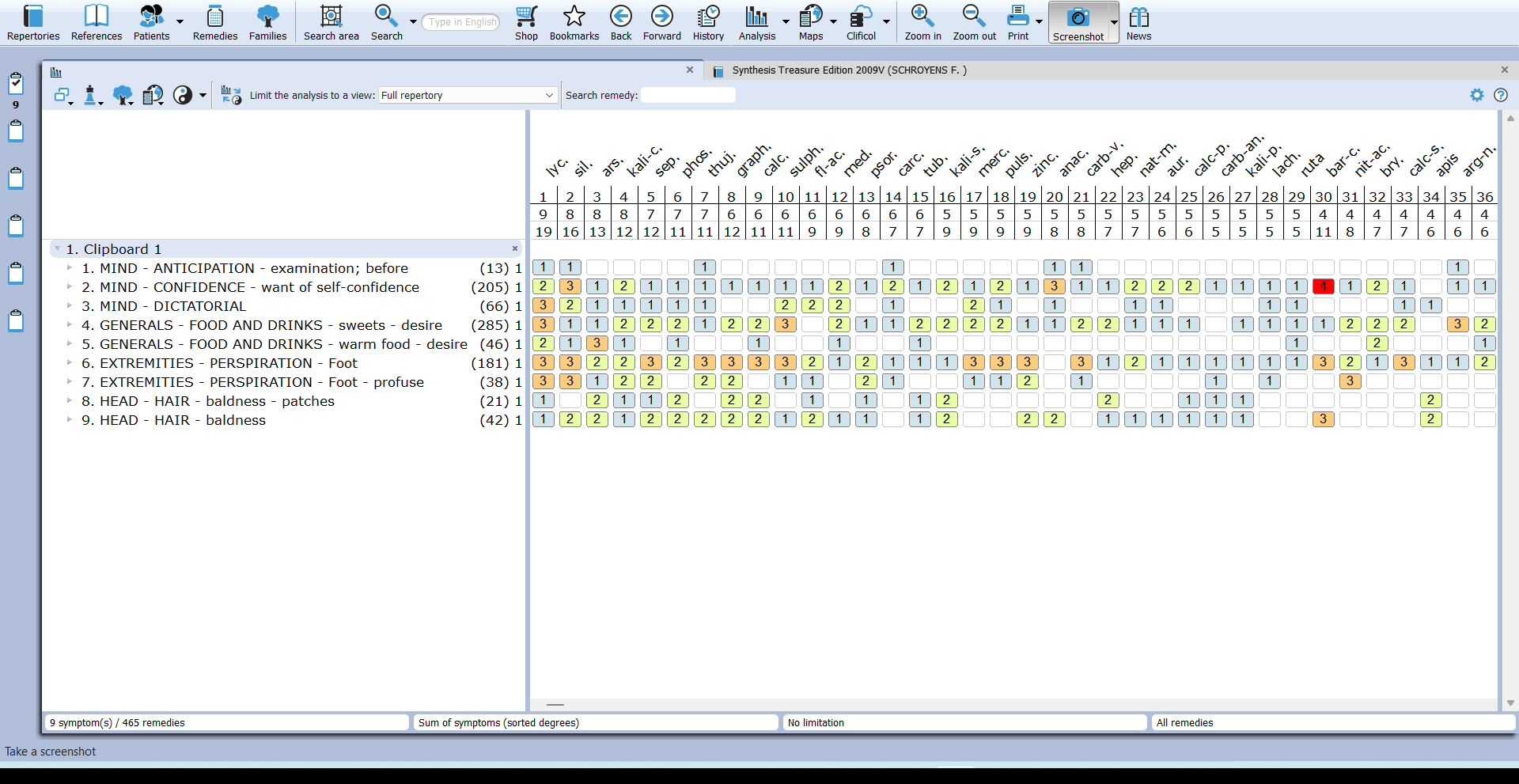
Reportorial sheet: Figure: Repertorisation from Synthesis repertory using RADAR software.
Repertorial analysis:
- Lycopodium clavatum- 19/9
- Silicea terra- 16/8
- Arsenicum album-13/8
- Kalium carbonicum- 12/8
- Sepia officinalis- 12/7
Prescription: Repertoristion was done with the help of Synthesis Repertory from RADAR 10.0 version[5]. The repertorial result showed that Lycopodium clavatum covered maximum symptoms with highest gradation. therefore, an individualised single, constitutional remedy, Lycopodium clavatum, was selected on the basis of totality of symptoms, miasmatic analysis and in consultation with the material medica[6],[7],[8]. Treatment was done periodically with single medicine, Lycopodium clavatum, with increasing higher potencies (200, 1M). Potency changes and repetition were done, on the basis of homoeopathic principles and 2nd prescription of Kentian philosophy[9]. Follow-up of the patient was assessed monthly. Improvement was found in complete growth of hair on bald patches as well as in other symptoms.
Follow up:
| Date | Changes in signs and symptoms | Prescription |
| 04/03/2021 | No changes observed on bald patches | Lycopodium clavatum 200/1 dose Rubrum 30/thrice a day for 1 month |
| 01/04/2021 | No change noted on bald patches. | Rubrum 30/thrice a day for 1 month |
| 14/05/2021 | New hair growth appeared on bald patches | Rubrum 30/thrice a day for 1 month |
| 18/06/2021 | Slow and continuous hair growth observed on bald patches | Rubrum 30/thrice a day for 1 month |
| 12/07/2021 | No improvement observed in bald patches | Lycopodium clavatum1M/1dose Rubrum 30/thrice a day for 1 month |
| 19/08/2021 | Marked improvement observed in all bald patches | Rubrum 30/thrice a day for 1 month |
| 22/09/2021 | Significant improvement of hair growth on the head without any recurrence of new bald patches | Rubrum 30/thrice a day for 1 month |
| 20/10/2021 | All bald patches covered with hair without any bald patch on the heads | Rubrum 30/thrice a day for 1 month |
| 18/11/2021 | Complete growth of hair on the head | Rubrum 30/thrice a day for 1 month |
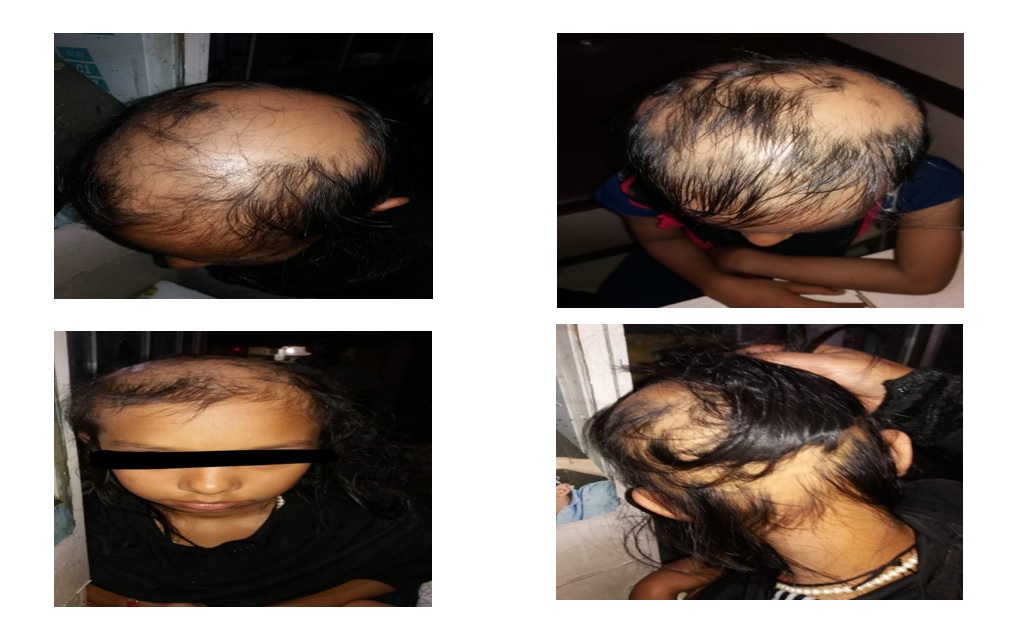
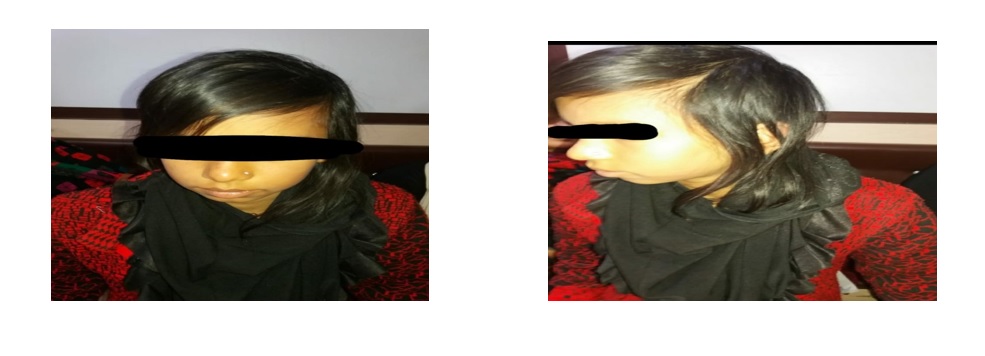
Conclusion : The above study report eventually suggest the successful treatment of alopecia areata. There was a steady regrowth of hair on the patch with complete resolution of hair loss ten months after starting treatment. The patient has complete hair growth on his scalp, with no signs of recurrence of alopecia areata. This case shows a positive role of homoeopathy in treating alopecia areata. However, as this is a single case study and alopecia areata is associated with a variable and unpredictable remission, well-designed studies may be taken up for scientific validation of results.
References:
- Jabbari A, Dai Z, Xing L, et al. Reversal of Alopecia Areata Following Treatment With the JAK1/2Inhibitor Baricitinib. The Lancet. 2015 April 01; 2(4): p-351-355. Available from: https://doi.org/10.1016/j.ebiom.2015.02.015 [ Accessed on 10/09/2022].
- Master FJ. Skin Homoeopathic Approach to Dermatology. Second revised edition. New Delhi: B. Jain Publisher (P) LTD.;2006.p.685-713.
- Gupta R, Manchanda RK. Textbook of dermatology for homoeopaths. Fourth edition. New Delhi: B. Jain Publisher (P) LTD.;2011.p.110-119.
- Banerjea SK. Miasmatic Prescribing. Second extended Indian edition. New Delhi: B. Jain Publisher (P) LTD.;2010.p.194-196.
- Radar Synthesis Computer Repertory, Version 10; London: Archibel Homoeopathic Software.
- Allen HC, Allen’s Keynote Rearranged & classified, 10th ed. New Delhi: B. Jain publishers(P) Ltd.; 2013.
- Boericke W. Boericke’s New Manual Of Homoeopathic Material Medica & Repertory, LPE ed. New Delhi: B. Jain publishers(P) Ltd.; 2014.
- Hahnemann S, Organon Of Medicine, 5th & 6th ed. New Delhi: B. Jain publishers(P) Ltd.; 2016.
- Kent JT. Lectures on homoeopathic philosophy. LPE ed. New Delhi: B. Jain publishers (P) Ltd.;2002.p.224-242.
About the author
- Dr Niraj Kumar, M.D. (HOM.),
D.N.DE Homoeopathic Medical College & Hospital
(Govt. Of West Bengal, Kolkata).


